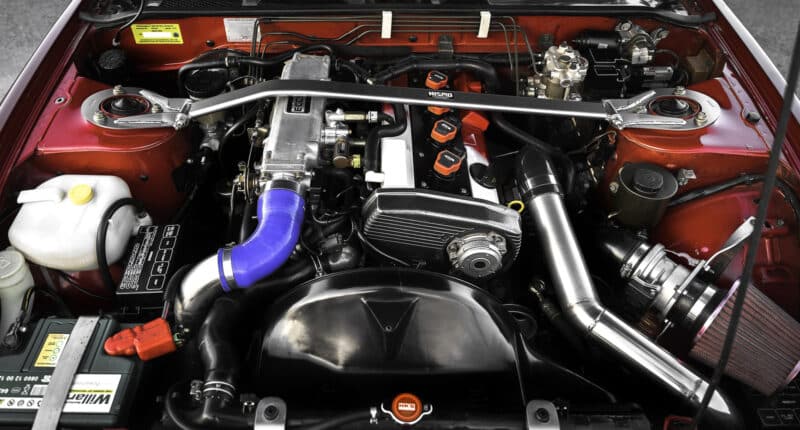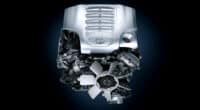Nissan’s CA18DET engine was the final evolution of the CA engine family and it was first introduced in 1985 as a replacement for the Z engine.
The now-famous CA18DET found a home under the hood of the JDM S13 180SX and European 200SX.
Thanks to the S13’s ability to go sideways, it soon became an instant hit with both beginners and experienced drivers alike in the drifting community, along with the CA18DET that powered it.
In 1994, 9 years after it first emerged, the turbocharged 1.8L CA18DET was replaced by the iconic 2.0L SR20DET unit, but it remains a popular engine to this very day in the tuning scene.
In this article, we will take a closer look at the CA18DET, its specifications, how it compares to the SR20DET, and what goes into a proper CA18DET build.
Nissan CA18DET Specs
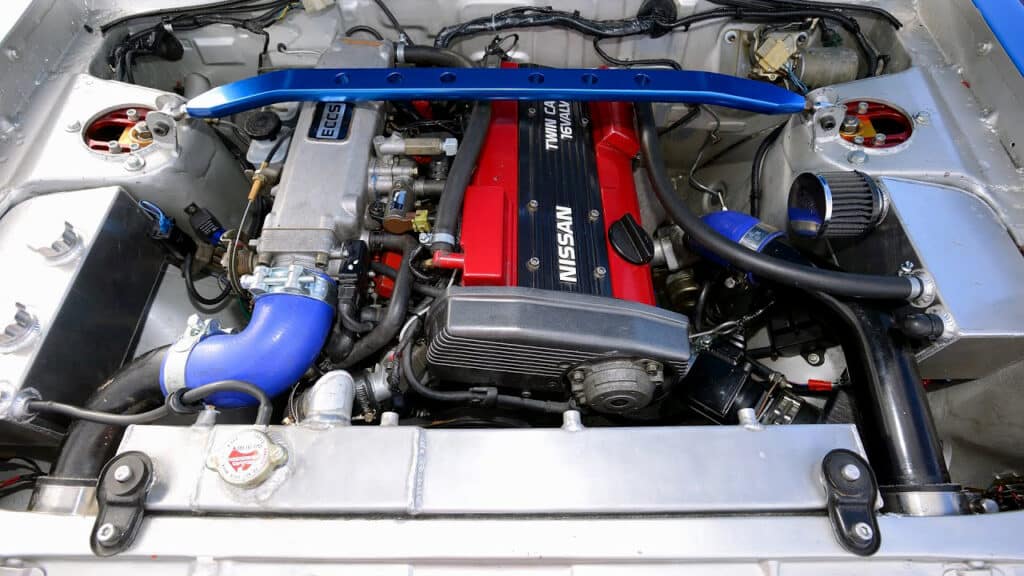
- Engine code: CA18DET
- Production: 1985 to 1994
- Layout: Turbocharged inline-4, DOHC, 16-valve
- Displacement: 1.8L (1,809cc)
- Fuel system: Multiport Fuel Injection
- Cylinder bore: 83 mm (3.27″)
- Piston stroke: 83.6 mm (3.29″)
- Compression ratio: 8.5:1
- Power: 158 to 173 hp at 6,400 rpm
- Torque: 155.7 to 166.8 lb-ft at 4,000
- Firing order: 1-3-4-2
The CA18DET is a 1.8L 4-cylinder engine that features a cast-iron block, an aluminum 16-valve DOHC head, a Garrett T25 turbo, and an intercooler.
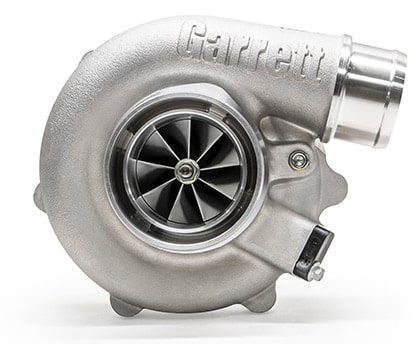
It produces 173 hp and 168 lb-ft of torque in stock form, but plenty more can be teased out with some quality aftermarket car parts.
Here’s a breakdown of the engine code:
- CA: Engine family, stands for Clean Air owing to its NAPS-X emission-reducing tech.
- 18: 1.8L displacement
- D: Dual overhead camshafts
- E: Multi-point fuel injection
- T: Turbocharged
Nissan’s CA18DET engine was used in the following vehicles:
- 1985-1990 Nissan Auster “1.8Xtt” and “Euroform Twincam Turbo”
- 1987-1988 Silvia S12 RS-X
- 1987-1989 Silvia S12 Grand Prix final edition in Europe
- 1987-1989 Nissan Bluebird RNU12 SSS ATTESA Limited (Japanese Market)
- 1988-mid 1990 Nissan Silvia/180SX S13 (Japanese market)
- 1989-1994 Nissan 200SX RS13-U Europe

Nissan made two versions of the CA18DET engine, but only one was intended for the Japanese domestic market.
Late-model JDM versions of the engine feature 8-port heads that correspond with butterfly-actuated auxiliary ports in the lower CA18DET intake manifold.
Engineers at Nissan did a brilliant job with the intake system on the CA18DET. It was designed to open only 1 set of ports below 3,800 rpm, which includes 4 long and narrow ports: 1 per cylinder, leading to a sped-up intake charge.
Above 3,800 rpm, the engine switches to a different fuel injection profile and opens up its shorter, wider ports (2 per cylinder), improving high RPM airflow and reducing low RPM spool time as a result.
However, as good as the CA18DET may be, there are things owners and prospective buyers should be aware of. Regular maintenance is imperative for the CA18DET’s health, and failing to do so will be expensive.
The big-end bearings get chewed up by the bottom end if you fail to keep up with servicing intervals — this is both a common and expensive problem.
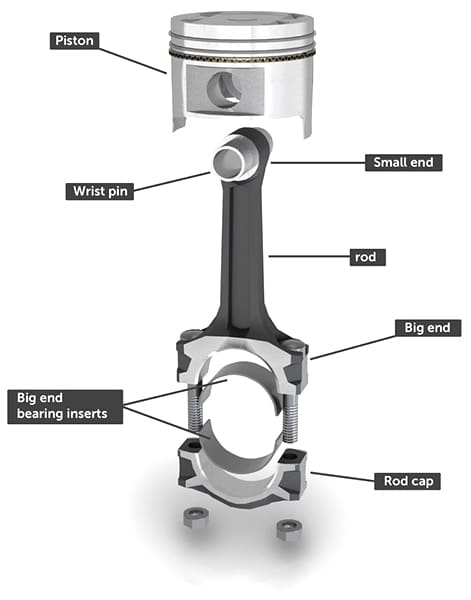
Due to this, the CA18DET doesn’t have the best reputation for reliability; replacement parts are harder to come by these days than back in the 1990s and early 2000s.

In short, take care of the engine, and you’ll be much less likely to experience any problems.
When the Nissan S14 platform arrived in 1994, it marked the end of the CA18DET engine — let’s see how it compares to its younger sibling, the SR20DET.
CA18DET vs SR20DET
The Nissan S14 platform debuted in 1994, and the 1.8L CA18DET was replaced by the new and improved 2.0L SR20DET.
Not only did this new unit have a larger displacement, but it used more modern tech and offered increased power and torque.
Needless to say, it was an absolute hit among the aftermarket community, which was followed by a massive influx of performance parts.
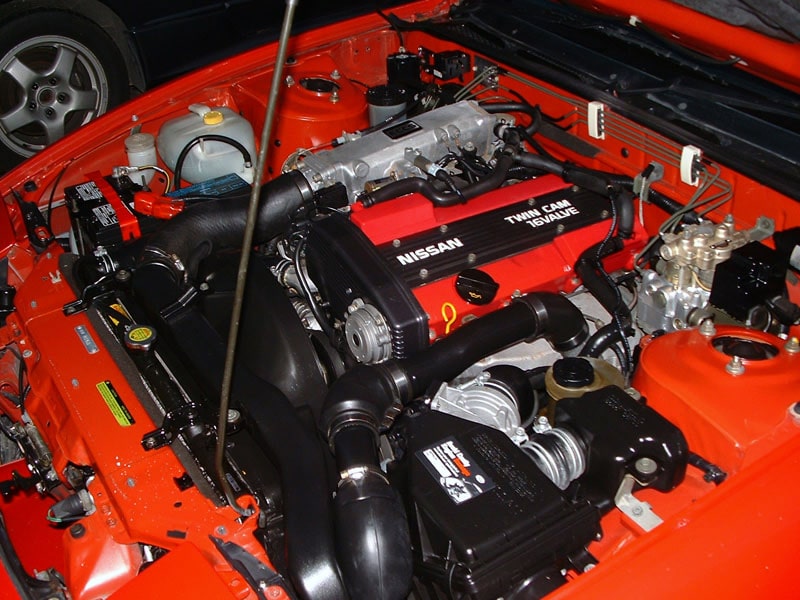
As much as we love the Nissan SR20DET compared to the CA18DET, it’s questionable whether it’s really worth swapping out the CA18 for an SR20, especially if you factor in the costs.
Power-wise, the SR20DET clearly has an edge over the CA18DET, both in stock form and in terms of tuning potential.
The SR20DET pushes out 246 hp and 220 lb-ft of torque in its most potent form, which easily beats the CA18DET’s 173 hp and 168 lb-ft of torque.
The additional power is in part due to the SR20’s updated T28 ball-bearing turbocharger compared to the CA18’s old T25.

Nowadays, finding a reasonably priced SR20DET is a lot easier said than done. For the money you’ll spend on that swap, you can build a highly capable CA18DET that will easily leave the stock SR20 in its dust.
Granted, a built SR20DET will deliver more power than a built CA18DET, but for regular road use, there’s a limit to how far you can take things anyway, at least if you want it to be somewhat driveable and reliable.
If, however, you’re in a privileged situation where you have both a CA18DET and an SR20DET lying around, the SR is the obvious choice.
If you need just one reason that’ll convince you to keep the CA18DET rather than swap in the SR20, compare the sounds from both their exhaust systems.
The CA18DET has a hairy-chested, aggressive, and loud exhaust note once the turbo kicks in, but the SR20DET sounds like someone’s blowing a raspberry — at least that seems to be the consensus on various owners’ forums.
At the end of the day, the CA18DET may not be as powerful, nor does it have the same potential as its younger SR20DET sibling, but it’s far from obsolete and can offer a lot of fun and cheap thrills to the right owner.
What Goes Into a Nissan CA18DET Build?

Although we’ve established that the SR20DET is a better high-performance Nissan engine, we not here to discredit the CA18DET.
A built CA18DET can be tuned to produce more than 700 hp. In fact, there are built engines that come in around the 1,000 hp mark.
Obviously, those aren’t found under the hoods of daily drivers, but it does prove that they’re still very capable engines, even though they are from the 1980s.
As for the reliability of a tuned engine, you should ideally shorten the service intervals a bit, but other than that, you’re good to go. After all, this is a Japanese engine, and it has a proven reliability record from this era.
CA18DET hp can be increased to around 250+ on stock internals, but with some upgrades in the form of forged components, it can reliably run 350-400+ hp all day long.
It’s important to set a target before you start tuning the CA18DET engine — consider what the car will be used for and build it accordingly.
If it’s a fun daily driver, then it’s essential to keep it more sensible than if you’re building a drift car or some type of race car.
For street use and drivability, you’re better off focusing on keeping the torque curve as flat as possible, rather than extracting the maximum amount of power.
A build that produces all its power high in the rev range and has a CA18DET race clutch that feels like an on/off switch is not fun to drive in traffic. It is excellent on track, though.
Specifically, you’ll want to install an aftermarket cooling system to keep the engine from overheating, and it should get plenty of fuel to prevent detonation, also known as “knocking”.
This can be done by installing upgraded CA18DET injectors and using high-octane fuel or octane boosters.
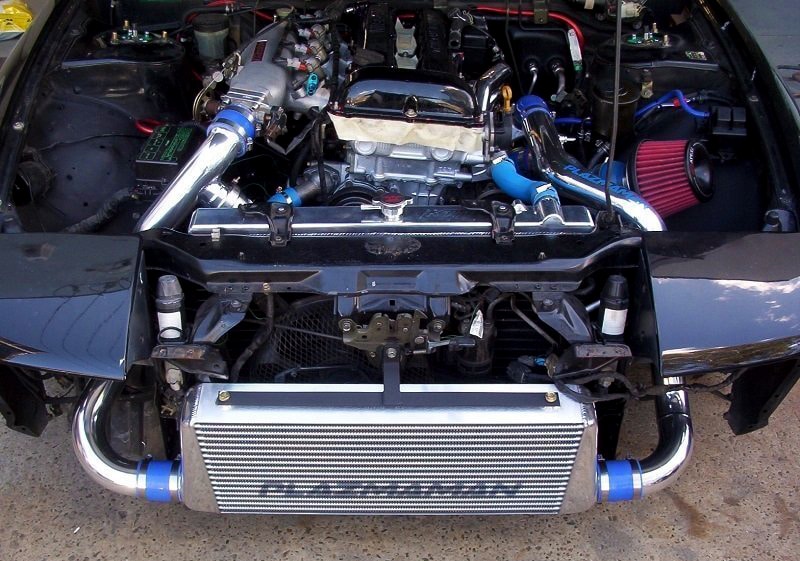
No matter how much power you’re aiming for, it’s a good idea to swap out the stock exhaust and install a short ram or cold air intake.
Getting more air in and the exhaust gases out will result in an instant power gain. There are plenty of performance air filters and 2.5″ to 3” exhausts available. Once that’s done, you’ll want to get the ECU remapped to maximize the gains.
In fact, get it mapped whenever you add or remove something, as the engine and parts connected to it are designed to work together.
For those on a strict budget, we recommend going with a Stage 1 upgrade, consisting of a panel filter, catback exhaust, lighter flywheel, and an ECU remap, which should get you up to 200 hp.
For a fun, driveable street car, a Stage 2 upgrade would probably be the best option if you have the money.
It contains everything from Stage 1 but takes it a bit further with the addition of fast road cams, a ported and polished head, bigger fuel injectors, a better fuel pump, an upgraded clutch, and an upgraded intercooler.
Total power from a build like this is usually around 250+ hp.
Finally, for track use, we suggest going with Stage 3 upgrades, such as a bigger turbo, race cams, forged internals, engine balancing, and an upgraded gearbox.
This will net you somewhere in the region of 300-350 hp, but the stronger internals and gearbox should be able to handle more if you decide to turn up the boost.
Concluding Summary
In a world where the SR20DET, RB26DETT, and VR38DETT reign supreme, the humble CA18DET is an often-overlooked gem.
While it may show its age in some ways, the Nissan CA18DET is still a solid and reliable engine that can be massaged to produce a lot more power than standard.
In fact, its age is what makes the CA18DET so attractive in the first place. Coming from an era when technology was simpler and engines were built to last, it’s the perfect entry to Japanese tuner cars.
As long as you service it regularly and keep an eye on the things that might break, it can potentially last for many years, even with a few upgrades and modifications.
How many miles have you clocked on your CA18DET engine? Let us know by leaving a comment below! If you find this article useful, share it with your friends on your favorite online car communities. We appreciate your support!
